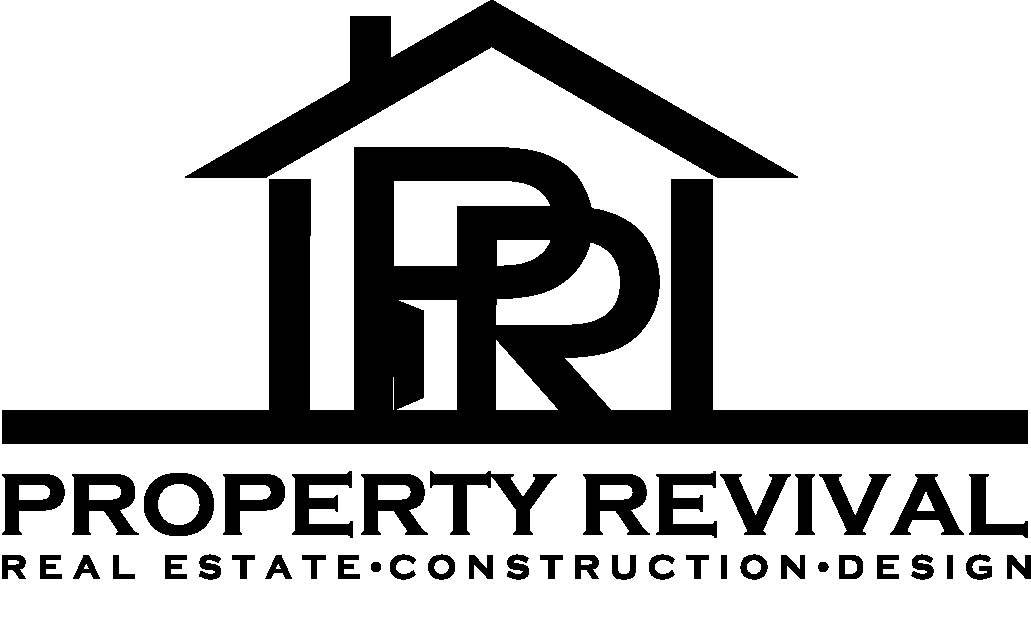Sustainable Home Remodeling: Eco-Friendly Ideas for Your Next Project
Discover Green Remodeling Solutions with Property Revival in Madison, WI
Home remodeling is not just about enhancing your living space; it's also an opportunity to make your home more sustainable and eco-friendly. As homeowners become more conscious of their environmental impact, sustainable remodeling practices have gained popularity. At Property Revival in Madison, WI, we believe in creating beautiful homes that are kind to the planet. In this blog post, we’ll explore some of the best eco-friendly ideas for your next home remodeling project, helping you reduce your carbon footprint while enhancing your home’s comfort and value.
Choose Sustainable Building Materials
One of the simplest ways to make your home remodeling project more sustainable is to choose eco-friendly materials. Opt for:
- Recycled or Reclaimed Materials: Use reclaimed wood for flooring or furniture, recycled glass countertops, and salvaged bricks or stones for patios or walls. These materials not only reduce waste but also add unique character to your home.
- Bamboo and Cork Flooring: Bamboo and cork are rapidly renewable resources that provide a durable and attractive alternative to traditional hardwood floors. They are also biodegradable and have a smaller carbon footprint compared to other materials.
- Low-VOC Paints and Finishes: Volatile organic compounds (VOCs) in traditional paints and finishes can release harmful toxins into your home. Low-VOC or zero-VOC options improve indoor air quality and are safer for both your family and the environment.
Why It Matters: Sustainable materials help minimize the environmental impact of your remodel by reducing resource depletion and waste. Plus, they can contribute to a healthier home environment.
Improve Energy Efficiency
Energy-efficient upgrades are a key aspect of sustainable home remodeling. Consider incorporating the following into your project:
- Install Energy-Efficient Windows and Doors: High-performance windows and doors help reduce heat loss in winter and keep your home cooler in summer, lowering your energy bills. Look for products with Energy Star ratings or low-E coatings.
- Upgrade to LED Lighting: LED lights use significantly less energy and last longer than traditional incandescent bulbs. They also generate less heat, which can reduce cooling costs in warmer months.
- Insulate and Seal Your Home: Proper insulation and air sealing can prevent energy loss and reduce your heating and cooling costs. Consider eco-friendly insulation materials such as cellulose or recycled denim.
Why It Matters: Improving energy efficiency reduces your home's overall energy consumption, cutting down on greenhouse gas emissions and saving you money on utility bills.
Incorporate Water-Saving Features
Water conservation is an important part of sustainable remodeling. Here are a few ways to reduce water usage in your home:
- Install Low-Flow Fixtures: Replace old faucets, showerheads, and toilets with low-flow versions that use less water without sacrificing performance. Water-efficient fixtures can reduce your household water consumption by up to 30%.
- Consider a Rainwater Harvesting System: Capture rainwater for outdoor use, such as watering your garden or washing your car. This reduces the demand on municipal water supplies and can help lower your water bills.
- Opt for Drought-Resistant Landscaping: Choose native plants and grasses that require minimal watering and maintenance, or install a rain garden to manage stormwater runoff.
Why It Matters: Water-saving features help conserve this precious resource and reduce the strain on local water supplies, especially important in areas that experience droughts or water restrictions.
Embrace Renewable Energy
Renewable energy sources are a cornerstone of any sustainable home. Consider integrating the following into your remodeling project:
- Solar Panels: Installing solar panels on your roof or property can significantly reduce your reliance on fossil fuels and lower your electricity bills. In many cases, you may be eligible for tax incentives or rebates that can offset the installation cost.
- Geothermal Heating and Cooling: Geothermal systems use the earth's natural temperature to heat and cool your home, offering a highly efficient and sustainable solution. While the initial investment is higher, these systems can save you money in the long run through reduced energy costs.
Why It Matters: Transitioning to renewable energy reduces your home's carbon footprint and helps promote a cleaner, more sustainable energy future.
Consider Smart Home Technology
Smart home technology not only adds convenience but also helps make your home more sustainable. Some options include:
- Smart Thermostats: These devices learn your habits and adjust heating and cooling schedules accordingly, optimizing energy use and reducing waste.
- Smart Irrigation Systems: Automatically adjust watering schedules based on weather conditions, ensuring your landscaping gets just the right amount of water.
- Energy Monitoring Systems: Track your energy usage in real-time, helping you identify areas where you can reduce consumption.
Why It Matters: Smart technology enables you to monitor and control your home’s energy and water use more efficiently, contributing to long-term sustainability.
Sustainable home remodeling is more than a trend; it’s a responsible choice that benefits both the environment and your pocketbook. Whether you’re planning a minor update or a major renovation, incorporating eco-friendly practices can help create a home that is beautiful, comfortable, and environmentally friendly. At Property Revival, we’re committed to helping you achieve your remodeling goals sustainably. Contact us today to learn more about our green remodeling services in Madison, WI!

